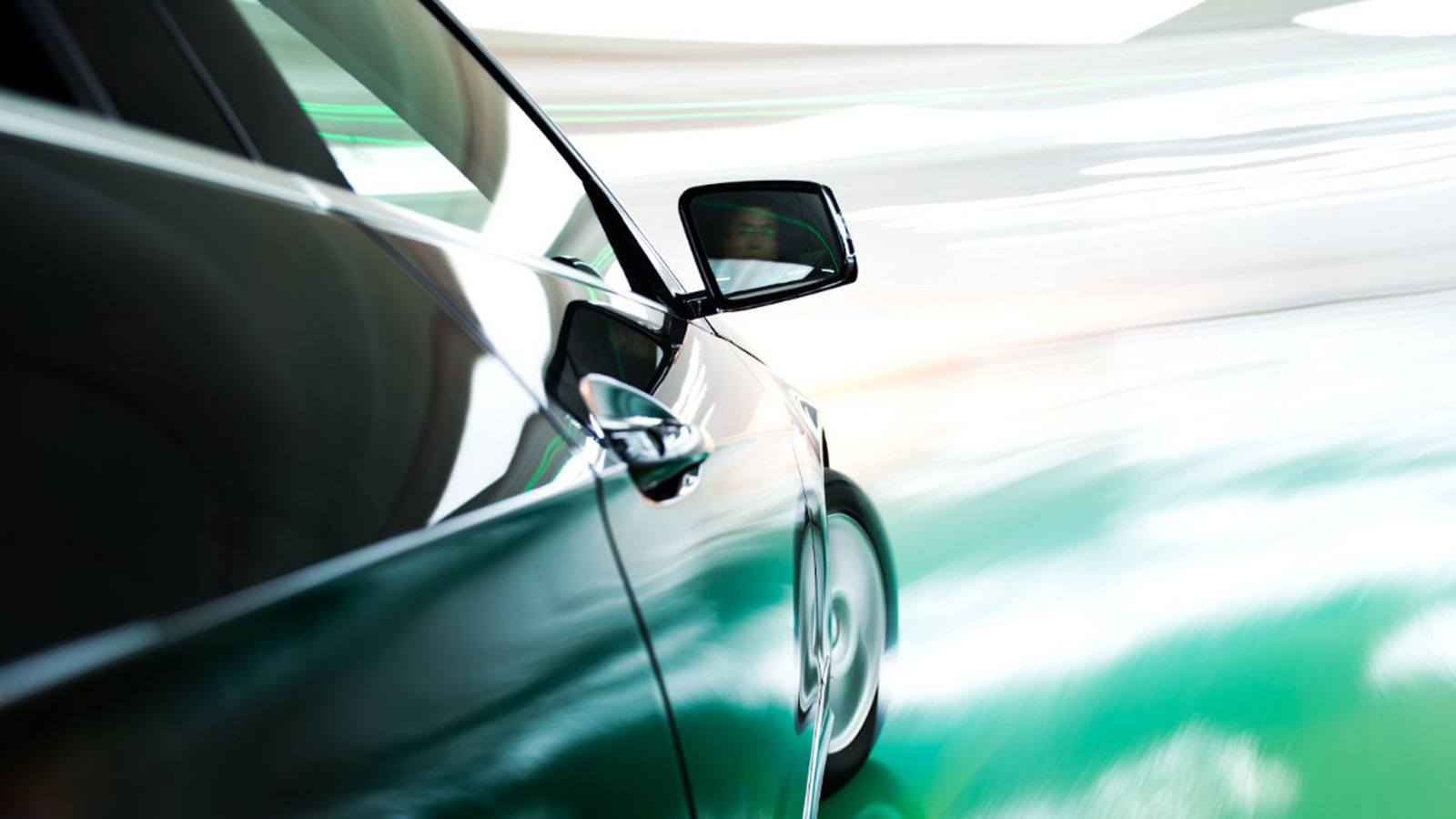Thinking of buying a new or used car? Understand car safety features and ANCAP safety ratings before you buy.
ANCAP tests new cars to understand how they perform in a crash and assess how well the vehicle protects occupants.
We’ve also broken down key safety features below to help you make an informed decision.
